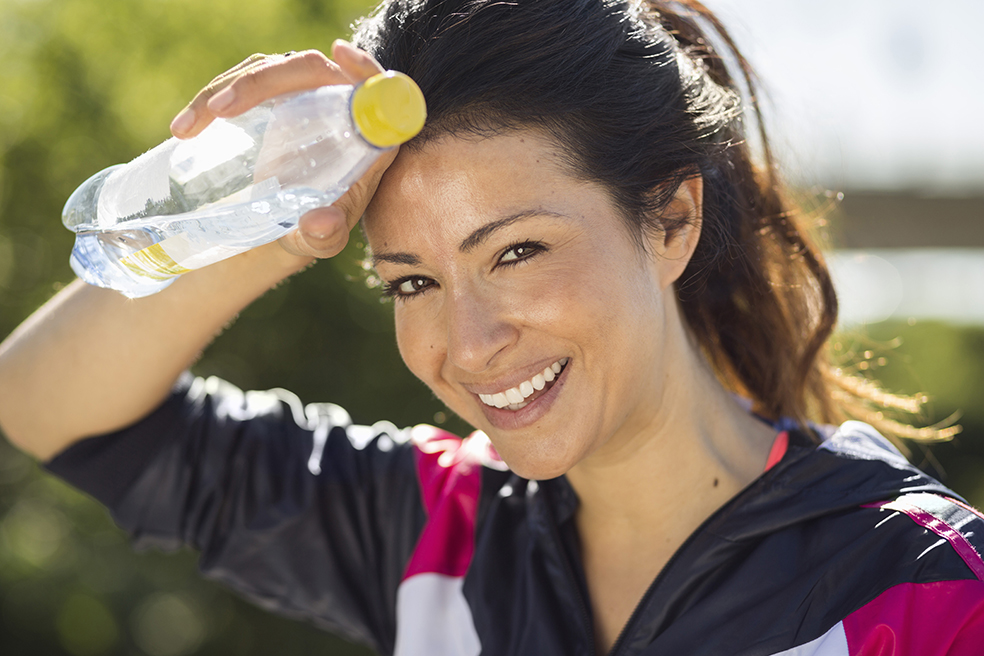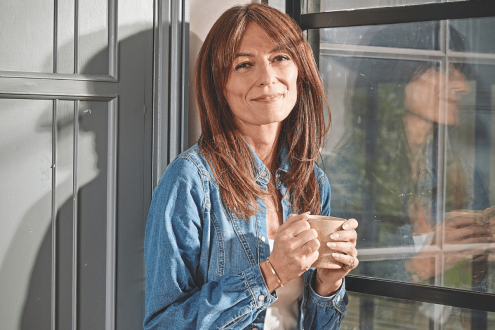How to create positive associations with fitness
Each month Amerley Ollennu tests the latest fitness trends and delves into the psychology of exercise to give you the tools to get and stay fit

So, is your body your temple? Mine is, but not in the way you’d expect. After a year of working on my emotional eating issues – not dieting, not weighing myself, leading a more balanced lifestyle – I’ve learnt the true meaning of that phrase. It’s about committing to loving your body whatever its shape or size, and realising that being good to yourself can include a glass of wine or some chocolate from time to time.
Keeping fit is an integral part of treating your body with kindness. Have you resolved, like me, to get fit in 2015, then let work, family or friends scupper your plans? I have. This, says mental performance coach Andy Barton, is due to associations many of us have with exercise. ‘“It’s hard work, I hate doing it” are the types of things we say to ourselves before we even start, indicating we think of exercise like a punishment,’ says Barton.
But moving can have such far-reaching benefits that we owe it to ourselves to create new positive associations with fitness. As I test theories, workouts, and dip into the psychology of exercise, I hope to prove to myself and you that getting – and staying – fit needn’t be a chore.
Ready, set, go…
‘Gung-ho beginnings make for injury-induced abrupt halts,’ says Lee Mullins, founder of the Workshop gym at the Bulgari Hotel in London. His pre-habilitation programme includes a movement screening to identify imbalances in seven fundamental movement patterns that are key to effective training. The majority of these can be improved upon, but it’s important to address them before you begin to train.
In my case, mobilising drills, including self-massage with a foam roller, dynamic stretching and elevating my heels with a block when doing squats all made a difference to how I perform in my workouts and how my body feels afterwards.
One month on…
I’ve taken heed of Mullins’ advice to ‘take it slow’. He says, ‘fitness is achieved gradually, so power-walk before attempting to run, and use your body weight before graduating to weights.’ I’ve been realistic about how many times a week I can do a workout, and have made an effort to do simple things like take the stairs or go for a walk at lunch, and feel better for it.
Next month: Amerley gets fit online. Follow Amerley on Instagram @amerleyo
Photograph: Maskot/Corbis









